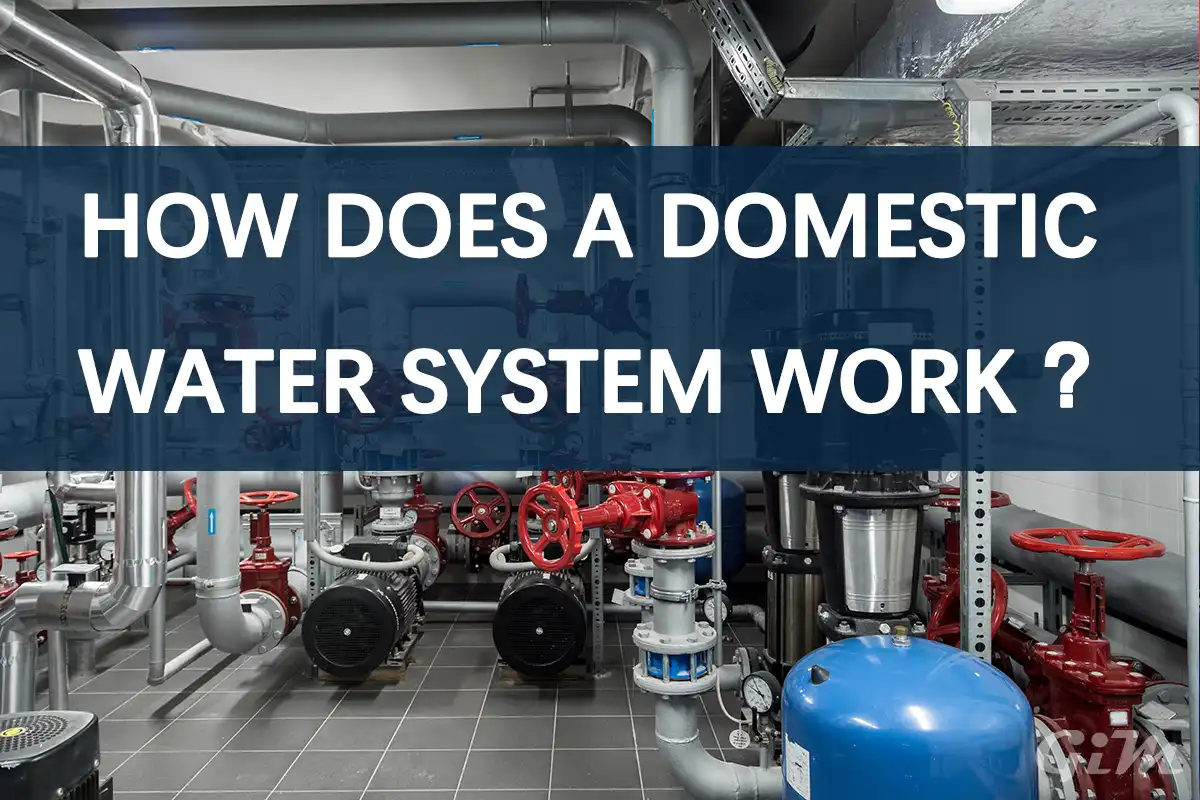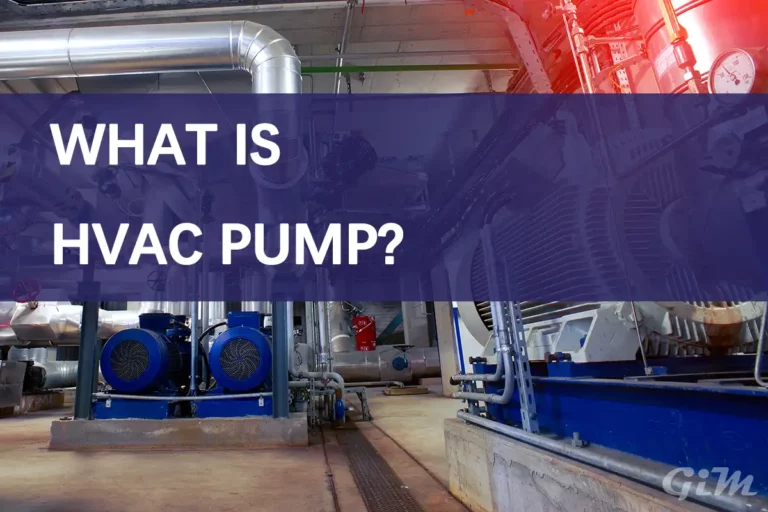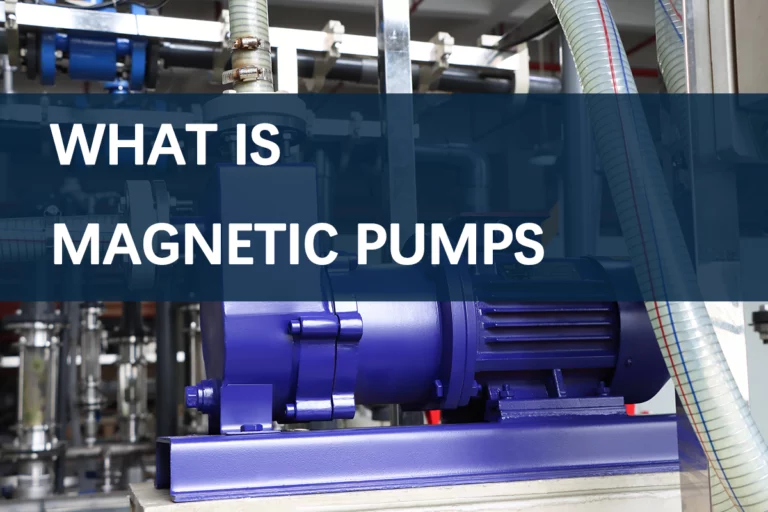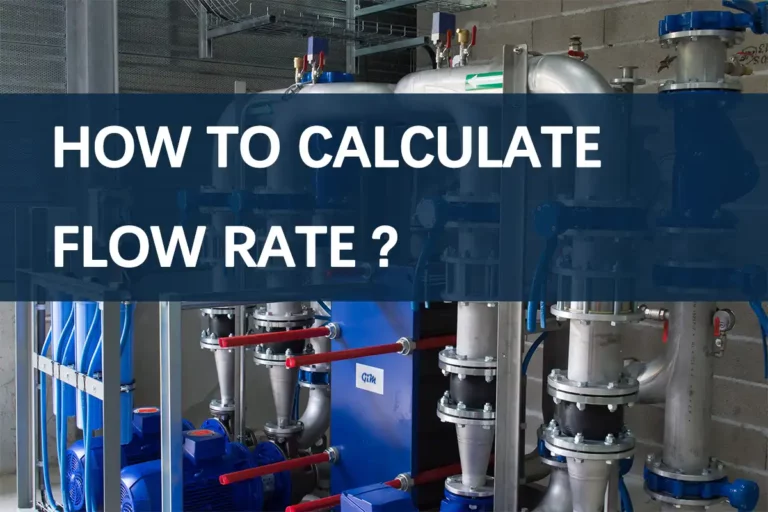A domestic water system is an essential infrastructure that ensures the delivery of safe, clean, and reliable water to households. Water is necessary for various daily activities such as drinking, cooking, cleaning, and bathing, and a well-functioning domestic water system ensures that these needs are consistently met. This system includes several components that work together to transport, regulate, filter, and distribute water throughout a home.
In this article, we will explore the components, working principles, and maintenance tips for a typical domestic water system. Understanding how the system operates can help homeowners ensure its longevity and optimal performance.
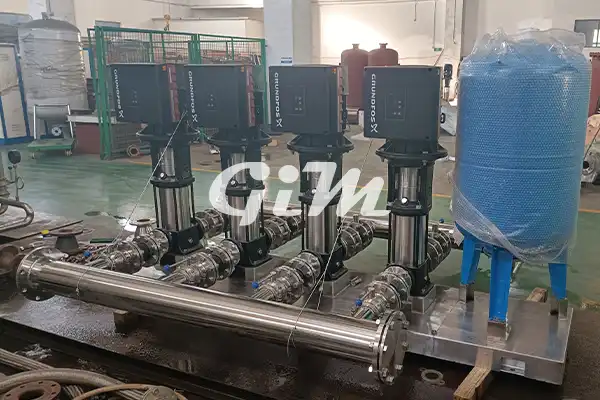
Main Components of a Domestic Water System
A domestic water system consists of various essential components that work together to ensure the continuous supply of water to the home. Below are the key components:
1. Water Source
Every domestic water system begins with a water source, which can vary depending on the region and specific household needs. Common water sources include:
- Municipal Water Supply: In urban areas, water is typically supplied by the local municipality through a centralized distribution network. This water is already treated and safe for consumption.
- Groundwater (Wells): In rural areas or locations without access to municipal water, private wells are often used. Groundwater is extracted using pumps and may require filtration or treatment.
- Rainwater Collection Systems: Some households use rainwater harvesting systems to collect and store water for non-potable uses like irrigation, toilet flushing, and laundry. This method reduces the dependency on municipal water supplies.
2. Water Storage Tanks
Water storage tanks are used to hold a reserve of water, particularly in regions where the supply is intermittent. These tanks can be installed above or below ground and serve as a buffer in cases of low water pressure or supply interruptions. By storing water, homeowners can ensure that they always have access to water for essential tasks.
Water storage tanks are typically made from materials such as polyethylene, fiberglass, or concrete, ensuring durability and preventing contamination. The size of the tank depends on the household’s water demand and the frequency of water supply disruptions.
3. Pressure Regulation
For water to flow efficiently through a household, it needs to be maintained at the correct pressure. Water from the source, whether it’s a municipal system or a well, doesn’t always arrive at the ideal pressure for distribution throughout the house. This is where pressure regulators come into play.
Pressure regulators are devices that automatically reduce high incoming water pressure to a safer and more manageable level. If the pressure is too high, it can damage plumbing fixtures and cause unnecessary wear and tear. On the other hand, if the pressure is too low, water may struggle to reach faucets, especially in multi-story homes. By maintaining consistent water pressure, pressure regulators ensure a smooth flow throughout the system.
4. Pumps
Pumps are a crucial part of any domestic water system, particularly in homes that rely on wells or have water storage tanks. Pumps are responsible for moving water from the source or storage tank into the household plumbing system. There are several types of pumps commonly used in domestic water systems:
- Booster Pumps: These pumps are used to increase water pressure in the system, ensuring that water reaches all areas of the home, even if the main supply pressure is low.
- Submersible Pumps: Often used in well systems, submersible pumps are installed underwater to push water up from the well and into the home.
- Jet Pumps: Jet pumps are also used in well systems but are installed above ground. They use suction to draw water from the well.
- Circulation Pumps: These pumps circulate hot water through a home’s plumbing system, ensuring that hot water is readily available at faucets and showers without a long wait.
5. Piping System
The piping system is the network that carries water from the source or storage tank to every outlet in the home. It connects to faucets, showers, toilets, washing machines, and other appliances. Common materials used for domestic water pipes include:
- Copper: Known for its durability and resistance to corrosion, copper piping is a popular choice in many homes. However, it can be more expensive than other materials.
- PVC (Polyvinyl Chloride): PVC pipes are lightweight, easy to install, and resistant to corrosion, making them a cost-effective option for residential water systems.
- PEX (Cross-linked Polyethylene): PEX piping has gained popularity due to its flexibility, making it easier to install, especially in tight spaces.
6. Filtration and Treatment Systems
To ensure that water is safe for drinking and other household uses, many domestic water systems are equipped with filtration and treatment systems. Even if water is sourced from a municipal supply, it may contain contaminants like chlorine, sediments, and minerals that affect water quality. Filtration and treatment systems can include:
- Sediment Filters: These filters remove particles like sand, dirt, and rust from the water, improving its clarity.
- Carbon Filters: Carbon filters are commonly used to reduce chlorine, bad tastes, and odors from drinking water.
- Water Softeners: In areas with hard water, water softeners are installed to remove excess minerals like calcium and magnesium, which can cause scale buildup in pipes and appliances.
- UV Purifiers: Ultraviolet (UV) purifiers use UV light to kill bacteria, viruses, and other pathogens in water, ensuring it is safe to drink.
7. Hot Water System
In addition to the cold water supply, a domestic water system also includes a hot water system that provides heated water to various outlets in the home. This system is typically connected to a water heater, which can be powered by electricity, gas, or solar energy. Water heaters store and heat water for use in showers, baths, dishwashers, and washing machines.
Working Principle of a Domestic Water System
The domestic water system works by coordinating the flow of water from the source to the various outlets in a home, ensuring that both cold and hot water are readily available. Here’s a step-by-step breakdown of how the system operates:
- Water Collection: Water is collected from the source, whether it’s a municipal water supply, well, or rainwater harvesting system. This water is either delivered directly to the home or stored in a tank for later use.
- Pressure Management: Water pressure is regulated to ensure that it flows efficiently to all parts of the home. Pressure regulators and pumps adjust the pressure as needed, especially in homes with varying elevations or multi-story buildings.
- Filtration and Treatment: As water enters the home, it passes through filters or treatment systems to ensure that it is free from contaminants, sediments, and other impurities.
- Distribution: The filtered water is distributed through the piping system to the various outlets in the home. This includes faucets, showers, toilets, and appliances like dishwashers and washing machines.
- Heating: For hot water, the water heater heats and stores a portion of the water, which is then delivered to the hot water outlets when needed.
Maintenance of a Domestic Water System
Regular maintenance of a domestic water system is essential to ensure its efficient and long-lasting performance. Key maintenance tasks include:
- Checking for Leaks: Regularly inspect the system for any leaks, especially around faucets, pipes, and water heaters. Leaks can lead to wasted water and higher utility bills.
- Testing Water Pressure: Ensure that the water pressure is within the recommended range (typically 40-60 psi) to prevent damage to the plumbing system.
- Flushing the Water Heater: Over time, sediment can accumulate in the water heater, reducing its efficiency. Flushing the heater once a year can help maintain optimal performance.
- Cleaning Filters: Replace or clean filters in the water treatment system to ensure that water remains clean and safe for use.
GIMFLUID – Your Domestic Water System Specialist
At GIMFLUID, we specialize in manufacturing high-quality components for domestic water systems. From pumps to pressure regulators and filtration systems, we provide reliable solutions that meet the diverse needs of our clients. Our expertise and professional technical support ensure that your domestic water system operates smoothly and efficiently. Whether you need a booster pump for increased water pressure or a complete water treatment solution, GIMFLUID is committed to delivering the best products and services to ensure the long-term stability and efficiency of your domestic water system.


